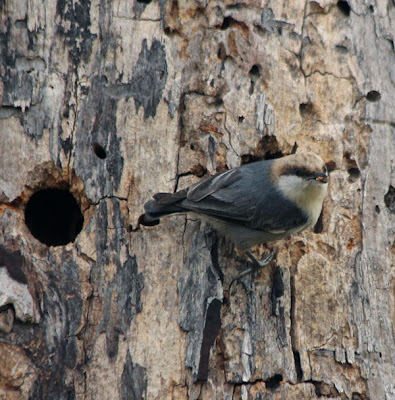One of the many photographic challenges, particularly when you have a Vizsla on leash in one hand, binoculars in the other, and a camera hanging from your neck, is to get a decent shot of flying birds. Here at Goose Island State Park, it’s sometimes easier since the vistas open up and many of the birds are larger and easier to find in the view finder. If there’s a stiff wind and you can catch them fighting it, they slow down for you.
So, with Penny “helping,” I have been shooting some of the birds we see on our outings, with varying success. It’s very much a work in progress and a $5k telephoto lens would help – but that’s not going to happen.


As a pilot, I like Brown Pelicans as much as any bird. Wonderful fliers, big targets, and they always look like they are having fun.

Not a good shot of a Northern Harrier but it does show the white body marking that, along with their low-flying hunting, makes them easy to ID.

An Osprey who got away while I grabbed for the camera

A couple of Roseate Spoonbills we saw yesterday. Their breeding plumage will start soon but they pretty neat right now.

The ubiquitous Turkey Vulture with its pronounced dihedral. They are everywhere in Texas.

White Ibis with the black wingtips – hard to miss.
So, tomorrow the sun should be out with better lighting possibilities. We’ll see how it goes – good thing it’s easy to trash digital prints. Practice does help.
































